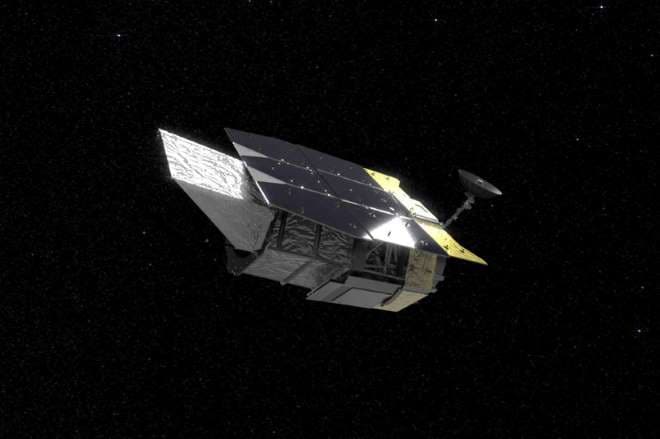NASA WFIRST mission: The US’ National Aeronautics and Space Administration (NASA) on Monday announced that it will hold a special session of NASA Science Live to make an important and “exciting” announcement regarding the space agency’s Wide Field Infrared Survey Telescope (WFIRST) mission. The session would be available for live viewership on the NASA website (nasa [dot] gov), its Youtube channel, Facebook page and Twitter/Periscope handle at 8.30 pm IST (11 am EDT) on Wednesday. The livestream will be an interactive one, the agency said in an official statement, and the members working on the mission would be responding to the queries of the viewers in real time.
The WFIRST mission involves the new space telescope designed by NASA with an aim to conduct “unprecedented” large surveys of the universe using infrared technology. This would allow the telescope to explore everything in the observable universe, including the planets in our galaxy and the nature of dark energy, the statement added.
The space agency hopes to find answers to questions regarding the detection of exoplanets and dark energy research with the help of the telescope, and apart from that, currently, the plans of the agency include using the telescope for the measurement of the history of cosmic acceleration, demonstration of technology for the characterisation and direct imaging of the exoplanets, as well as completion of the census of exoplanets which had been started by NASA’s Kepler Space Telescope.
According to a NASA statement released in April this year, the agency planned to launch the WFIRST in the mid-2020s.
The agency said that the telescope is being compared to the Hubble space telescope, which had been launched by NASA into space 30 years ago and which still remains active. However, the WFIRST will be studying the cosmos in a complementary and unique manner, the agency said, since the Hubble gave images using ultraviolet vision leading to high-definition images. It captured more specialised features to aid in the in-depth study of the light that individual objects emit.
On the contrary, WFIRST would be able to capture the image of the patch of the sky which would be bigger than the apparent size of a full Moon with the same image quality as that of Hubble. Hence, the WFIRST would function like a fleet containing 100 Hubble telescopes and as per scientists, within the first five years of its observation, it would be able to image more than 50 times the sky as captured by Hubble in its 30 years of operation.
The telescope is being managed by NASA’s Goddard Space Flight Centre in Maryland’s Greenbelt.


